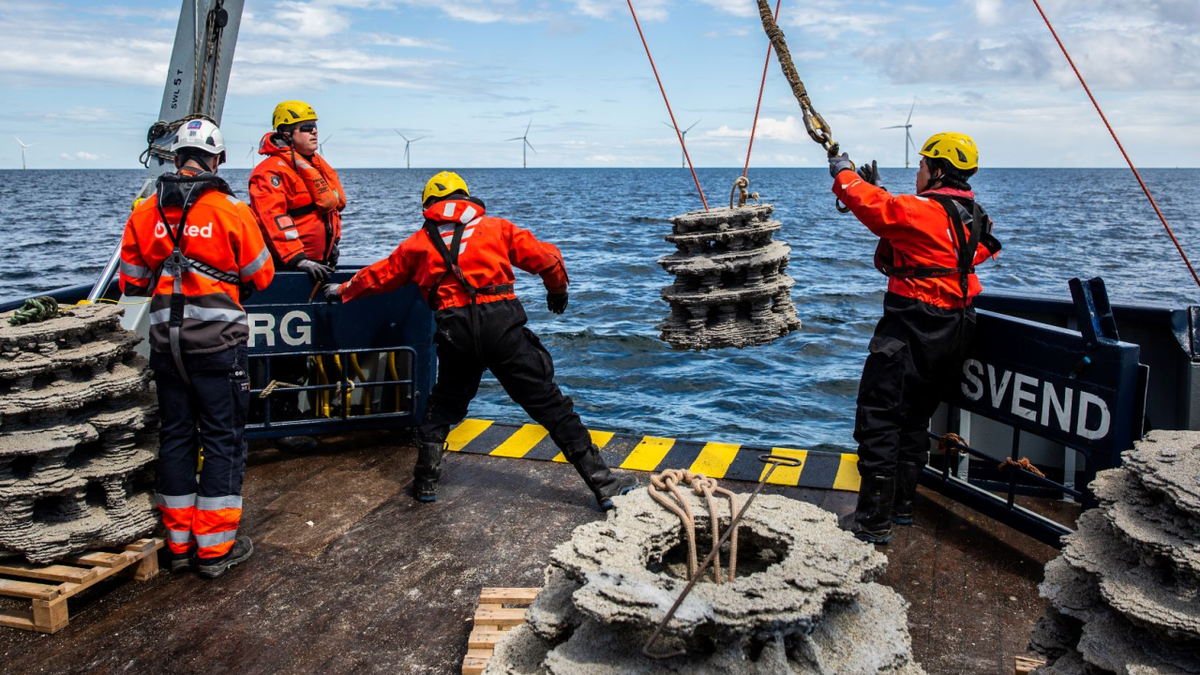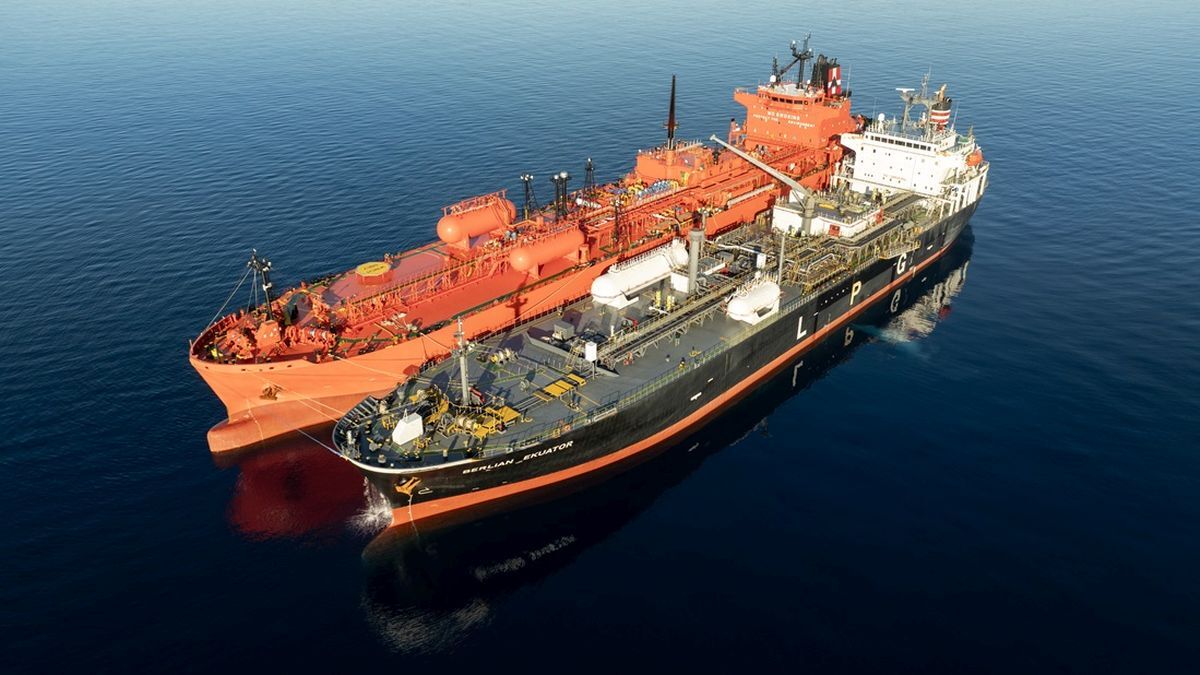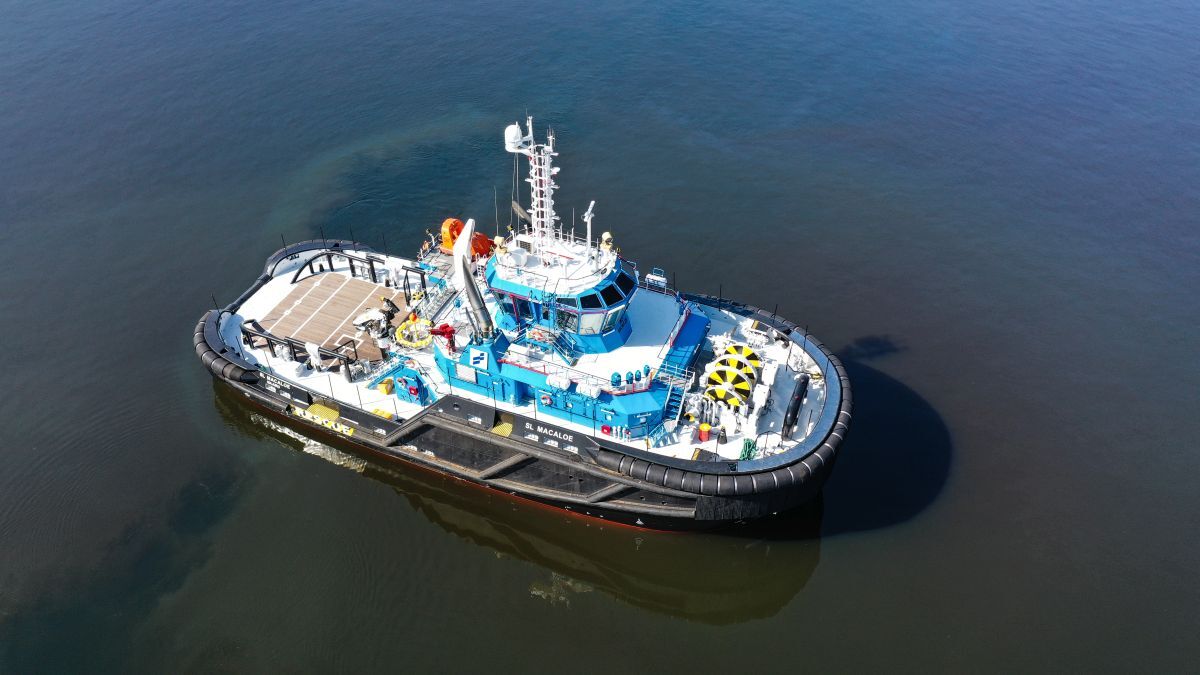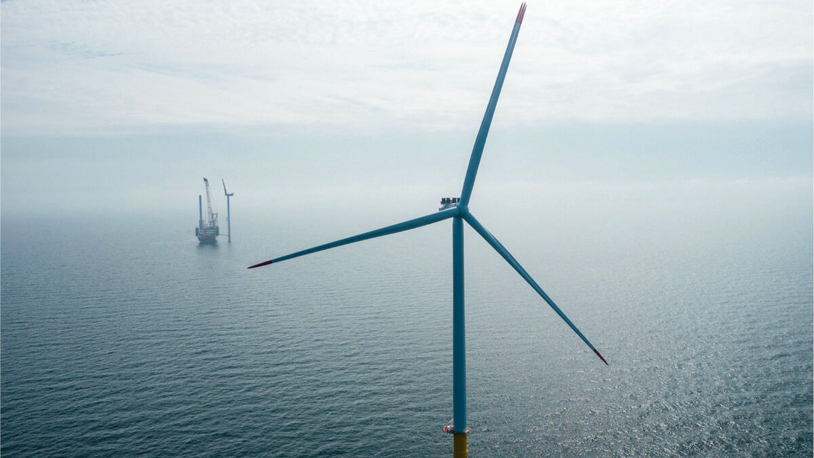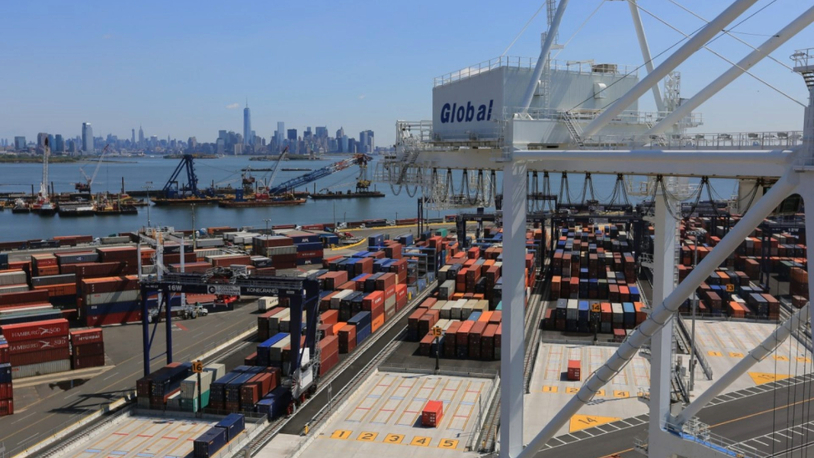Business Sectors
Events
Contents
Chemical emissions from offshore wind ‘low’ but cumulative impacts difficult to assess
A new peer-reviewed study has provided one of the first comprehensive overviews of chemical emissions linked to offshore windfarms
The study, published in Marine Pollution Bulletin, which was conducted by the Interreg North Sea project Anemoi and International Council for the Exploration of the Sea (ICES) expert groups on marine chemistry and offshore renewable energy, is part of a broader effort by ICES to assess the environmental impacts of renewable infrastructure.
It was undertaken because despite the rapid expansion of offshore energy projects in European waters, reliable data on chemical use, discharge rates, and environmental behaviour remain sparse.
The review combined expertise in marine chemistry, toxicology and ecosystem science to identify emerging risks, knowledge gaps, and a path toward more informed development. It compiled a literature-based inventory of more than 200 organic and inorganic contaminants potentially associated with offshore windfarms including polymers, corrosion inhibitors, biocides and metals. These are released from turbine components, cable sheathing, corrosion protection systems such as coatings and sacrificial anodes, or anti-fouling treatments among others.
Pablo Zapata Corella, who works for Ifremer in France and is one of the study’s lead authors, said, “Other environmental impacts from offshore windfarms such as underwater noise, magnetic fields, collision risks for seabirds and the artificial reef effect have been described, but until now chemical emissions have been largely disregarded.” He said this is because they were considered to be low to negligible compared with other sources of marine chemical pollution such as shipping and offshore oil and gas activity.
The authors of the study state that although early findings suggest emissions from offshore windfarms may be relatively low compared to other marine pollution sources, they caution against complacency. “As the scale of deployment grows, even small discharges can become ecologically significant,” they stated, and “current monitoring remains patchy, often limited to individual projects, making it difficult to assess cumulative impacts or make regional comparisons.”
The review discussed the current regulatory landscape, highlighting gaps and proposing considerations for more effective management of chemical emissions from offshore renewable energy projects. It also identified several key research gaps. Firstly, there is limited public data on the composition, volume, timing and location of chemical use and discharge, which is critical information for exposure assessments.
Second, standardised methods for analysing and modelling how contaminants move and transform in marine environments are lacking. And third, ecotoxicological data is often incomplete or based on freshwater species, limiting relevance to marine ecosystems. Finally, the sector lacks the consistent environmental standards that are applied in other regulated industries.
To address these challenges, Anemoi and the ICES working groups propose a research agenda with priorities that include creating chemical use inventories with industry, developing standardised monitoring protocols, and conducting targeted toxicology studies. The authors also recommend integrating this knowledge into cumulative effects assessments that reflect local conditions, project scale and ecosystem sensitivity.
The review concludes addressing the chemical risks of offshore renewables will require greater transparency, improved data and a collaborative approach between scientists, industry, and regulators. As the sector accelerates, so too must the frameworks that ensure marine ecosystems are protected alongside climate goals, the authors of the report said. They also believe their work has had an immediate impact, helping to justify the need to establish an OSPAR sub-group on the chemical emissions from renewable energy devices.
Sign up for Riviera’s series of technical and operational webinars and conferences:
- Register to attend by visiting our events page.
- Watch recordings from all of our webinars in the webinar library.
Related to this Story
Events
Offshore Support Journal Conference, Americas 2025
LNG Shipping & Terminals Conference 2025
Vessel Optimisation Webinar Week
© 2024 Riviera Maritime Media Ltd.


